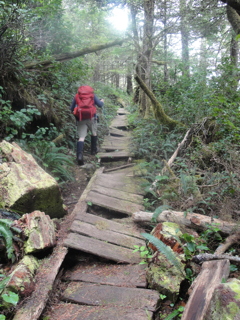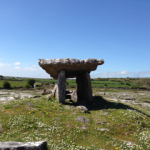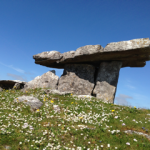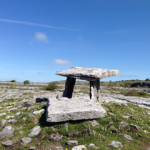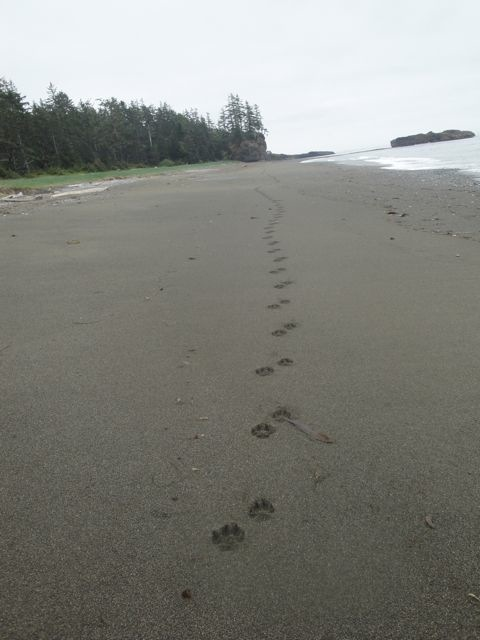Every time a building is built, we are shaping our city, whether its the new garage on your block, or Calgary’s new landmark library. The site and the architects, Snohetta of Norway, have been chosen; they are now in design mode to figure out what shape the new building will take, and how, potentially, how it will add to Calgary’s East Village neighbourhood and the city as a whole.
The influence on Calgary will, of course, be a physical change. It will have more than 50% more floor space than the current central library it will replace, around the corner. As a destination, it will change the physical travel patterns in the city. It will also reinforce use of Calgary’s CTrain: it will be built right over the line.
The new building will also change the social landscape in Calgary. Here’s what library board chair Janet Hutchinson said to Jason Markusoff, of Post Media: “In the age of Google, Calgary’s libraries have never been so busy. Calgarians want public places of learning, innovation and collaboration where everyone belongs.” By building a building, we build a place for learning, innovation and collaboration.
And we also add to our identity. Socially, having such a place will change the psyche of Calgary. So, too, will the ultimate design of the building. The foreign architects have noted the natural landscape surrounding this site and they are inspired. Snohetta architect Craig Dykers imagines a building that captures the chinook arch, or the way the snow moves across the landscape.
The building will be an artistic understanding of Calgary’s place.
The library board, the architect, the East Village development agency are all city builders.
And so are you as you build that garage,
or landscape your yard,
or start a community garden,
or build a new strip mall.
How do you build your city?
_____ _____ _____
This post is part of a series of posts that offer bits of the book I am working on. Here are some plot helpers for Nest City: The Human Drive to Thrive in Cities:
- My decision to share the book while I am working on it
- The overall structure of Nest City’s three parts
- A summary of Part 1 – City Patterns, Concluding City Patterns
- A summary of Part 2 – Organizing for Emergence, Focus, learn and Emerge
- The plot for Part 3 – City Nestworks
_____ _____ _____
